Japanese Maple Tree Lifespan: How Long Do Japanese Maples Live

Amy Draiss
The Japanese maple (Acer palmatum) is known for its small, delicate leaves with pointy lobes that spread outward like fingers on a palm. These leaves turn fabulous shades of orange, red, or purple in autumn. There are many interesting Japanese maple tree facts, including how long these trees live. The lifespan of Japanese maple trees mostly depends on care and environmental conditions. Read on to learn more.
Japanese Maple Tree Facts
In the United States, the Japanese maple is considered to be a small tree, typically growing from 5 to 25 feet (1.5-7.5 m.) tall. They prefer rich, acidic, well-draining soil. They also like partly shady settings and regular irrigation water. Drought is moderately tolerated but boggy soil is really bad for these trees. In Japan, these trees can grow to 50 feet (15 m.) or more.
Japanese maples typically grow one foot (31 cm.) per year for the first 50 years. They can live to be over one hundred years old.
How Long Do Japanese Maples Live?
The Japanese maple tree lifespan varies depending on luck and treatment. These trees can tolerate shade, but hot, full sun can reportedly lessen their lifespan. The lifespan of Japanese maple trees is also negatively impacted by standing water, poor quality soil, drought, diseases (such as Verticillium wilt and anthracnose), and improper pruning and planting.
If you want to enhance the lifespan of Japanese maple trees, give them regular irrigation, provide an annual application of good quality compost, and install them in a location that provides partial shade and good drainage.
Japanese maples are highly susceptible to verticillium wilt, which is a soil-based disease. It causes wilting in leaves and kills branches progressively. Is my Japanese maple dying? If it has verticillium wilt, it is. The best you can do in this case is to nurture your Japanese maple with good soil, regular water, and possible yearly injections to extend its life as long as possible. Test your soil for soil diseases before you plant a prized Japanese maple.
Japanese maples have a bad reputation for developing roots that kink and circle around the root crown and lower stem, eventually choking the tree of its own life. Improper installation is the primary cause. Kinked and circling roots will shorten the Japanese maple lifespan. Make sure the planting hole is twice as large as the root ball, and ensure the roots are spread outward in the planting hole.
Gardening tips, videos, info and more delivered right to your inbox!
Sign up for the Gardening Know How newsletter today and receive a free copy of our e-book "How to Grow Delicious Tomatoes".
Also, make sure the planting hole is scarified so the new roots can penetrate into the native soil and that there is some drip irrigation at the outer edge of the planting hole so the roots are encouraged to move outward.
If you want to increase your Japanese maple tree lifespan, do not cut the roots. The best way for aggressive wood decaying fungi to enter and kill a tree is through root injury.
Large cuts or wounds on the trunk or large branches are also easy targets for wood rotting fungi. Shape your Japanese maple while it is young and growing so you can form it properly with small cuts. Choose a cultivar that fits the space in which it is planted so you don’t need to prune so often, or even at all.

Karen Boness is the founder of Wild Willow Design, an Australia-based company that specializes in ecological landscape design.
- Amy DraissDigital Community Manager
-
 Get Ready For A Summer Of Hummers! Grow These Full Sun Hummingbird Plants and Flowers
Get Ready For A Summer Of Hummers! Grow These Full Sun Hummingbird Plants and FlowersIf you’re lucky enough to enjoy a sunny backyard, make sure you are maxing out on your pollinator opportunities and grow these full sun hummingbird plants and flowers
By Tonya Barnett
-
 12 Lush Alternatives To A Lawn For Sustainable Spaces
12 Lush Alternatives To A Lawn For Sustainable SpacesAlternatives to a lawn are beautiful and also beneficial to your local ecosystem and its pollinators. Explore our top picks for plants to replace grass.
By Tonya Barnett
-
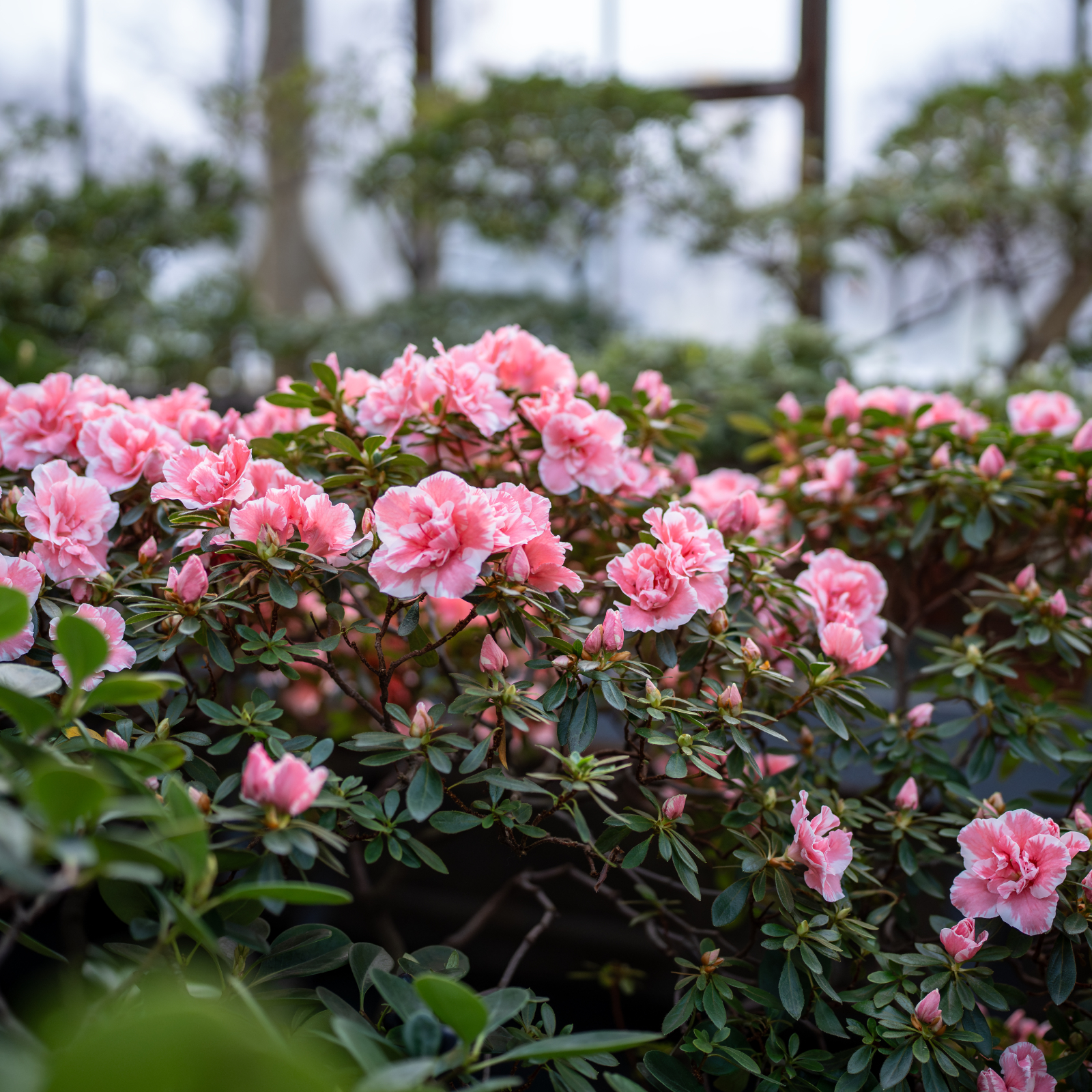 What Is The Size Of An Azalea? Explore Different Varieties That Will Suit Every Garden
What Is The Size Of An Azalea? Explore Different Varieties That Will Suit Every GardenThe size of azaleas can vary widely because they have been selectively bred for different landscape needs. Check out our picks for each size category.
By Mary Ellen Ellis
-
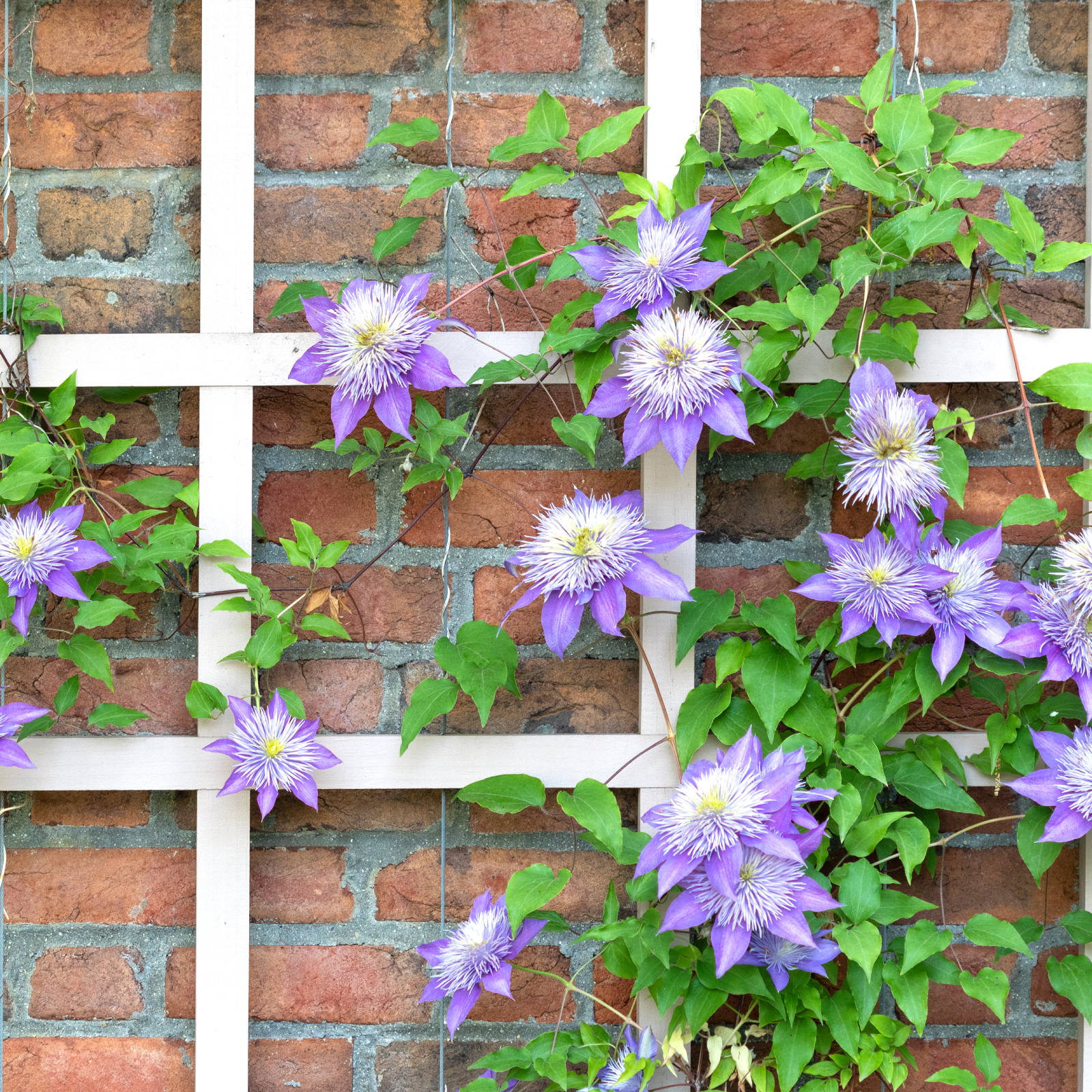 5 Fabulous Fast-Growing Vines – That Will Quickly Climb Any Arbor, Trellis, Or Fence
5 Fabulous Fast-Growing Vines – That Will Quickly Climb Any Arbor, Trellis, Or FenceThese fast growing vines are perfect for covering any eyesores in your yard or creating a living fence. They will provide great visual interest, as well.
By Amy Grant
-
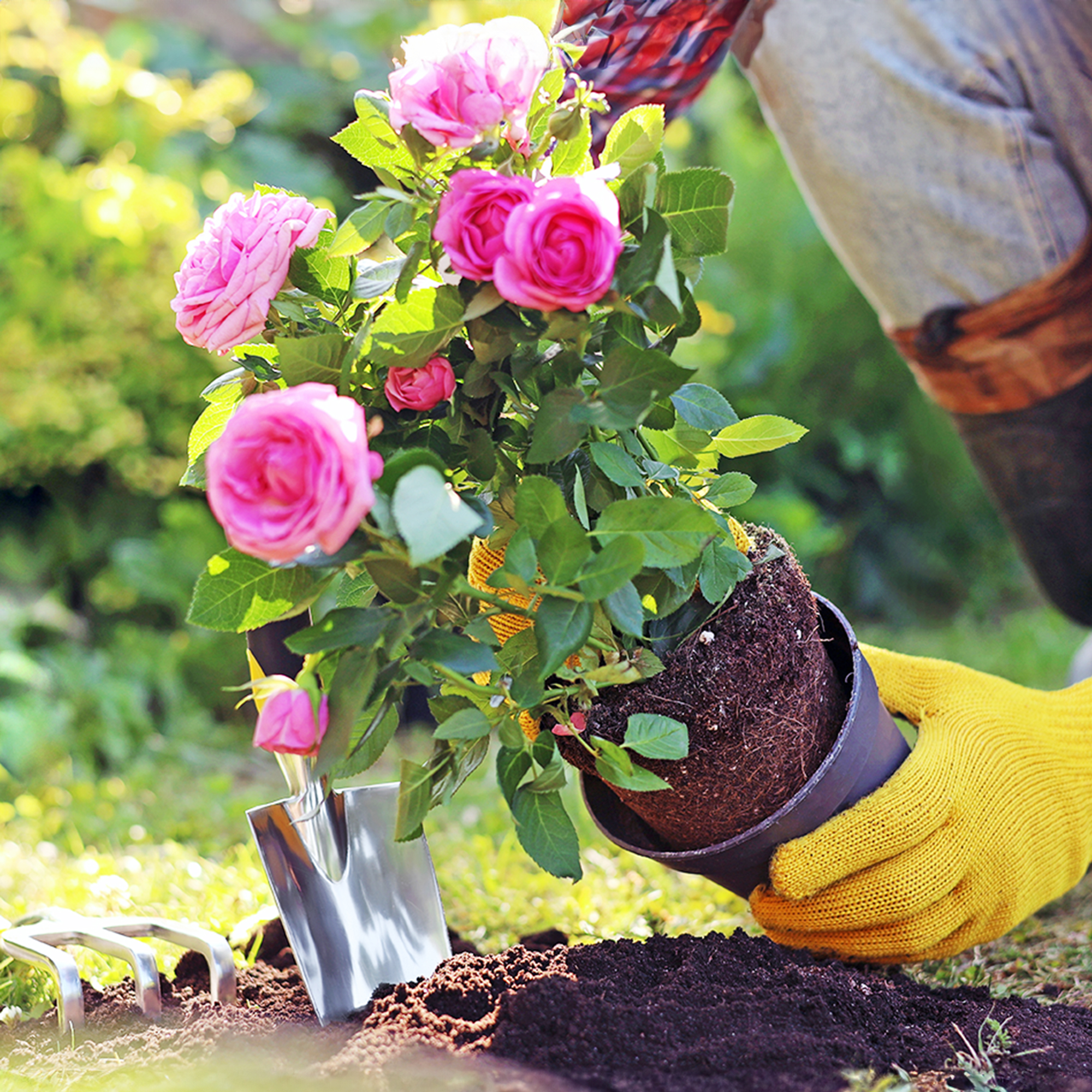 When To Plant Roses: The Best Time For Your Climate And Rose Type
When To Plant Roses: The Best Time For Your Climate And Rose TypePlant your roses at the right time and you will be rewarded with decades of glorious summer flowers – but get it wrong and you'll be crying over dead shrubs.
By Teo Spengler
-
 Spectacular Early Blooming Shrubs: 6 Sparkling Spring Flowering Bushes
Spectacular Early Blooming Shrubs: 6 Sparkling Spring Flowering BushesWant to kickstart your gardening year with dazzling spring flowering bushes for beds and borders? These unique early bloomers are sure to help you rise and shine!
By Teo Spengler
-
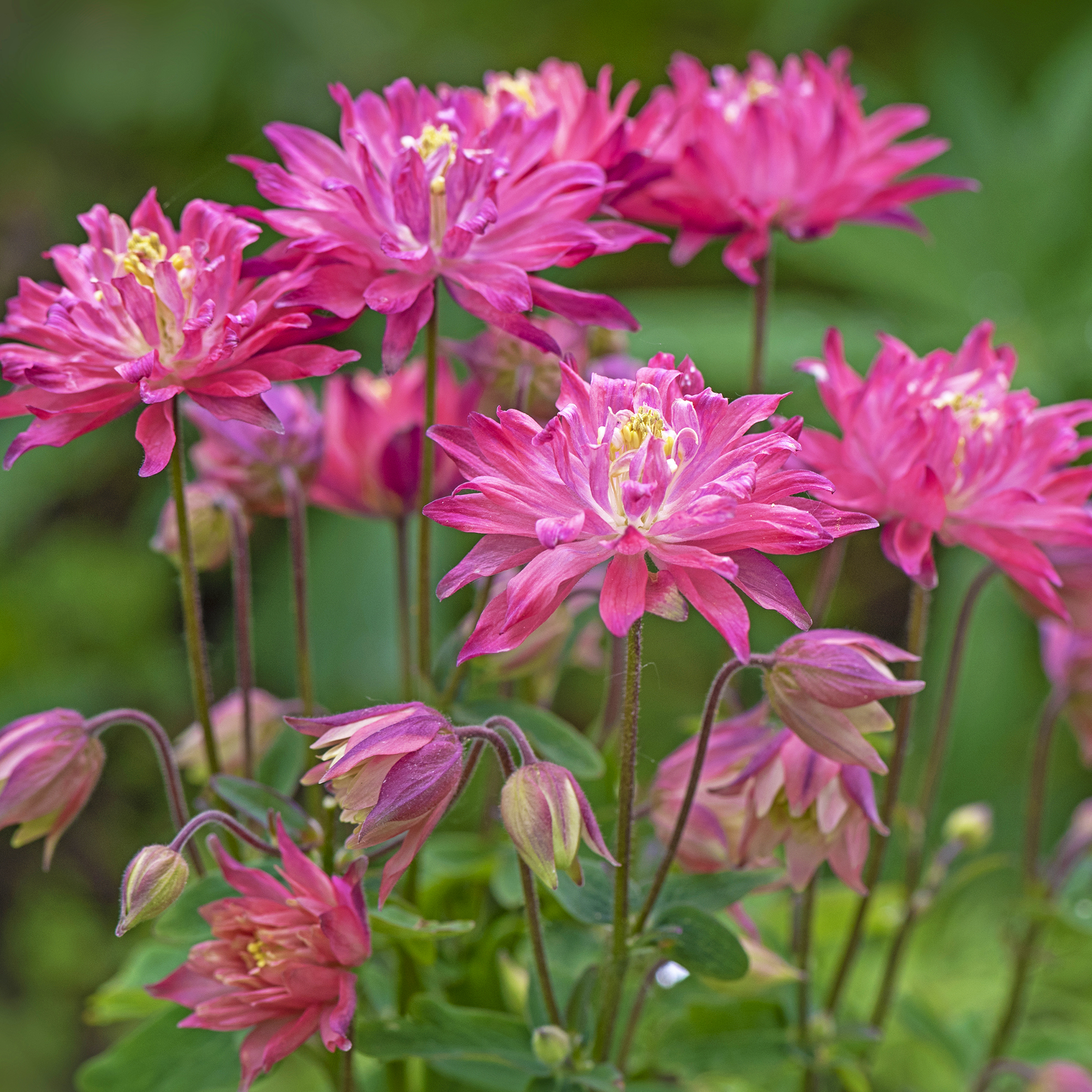 7 Shade-Loving Flowers To Start From Seed Now For A Stunning Summer Garden
7 Shade-Loving Flowers To Start From Seed Now For A Stunning Summer GardenTurn shady spots into vibrant new garden spaces with lovely and illuminating shade-loving flowers.
By Ellen Wells
-
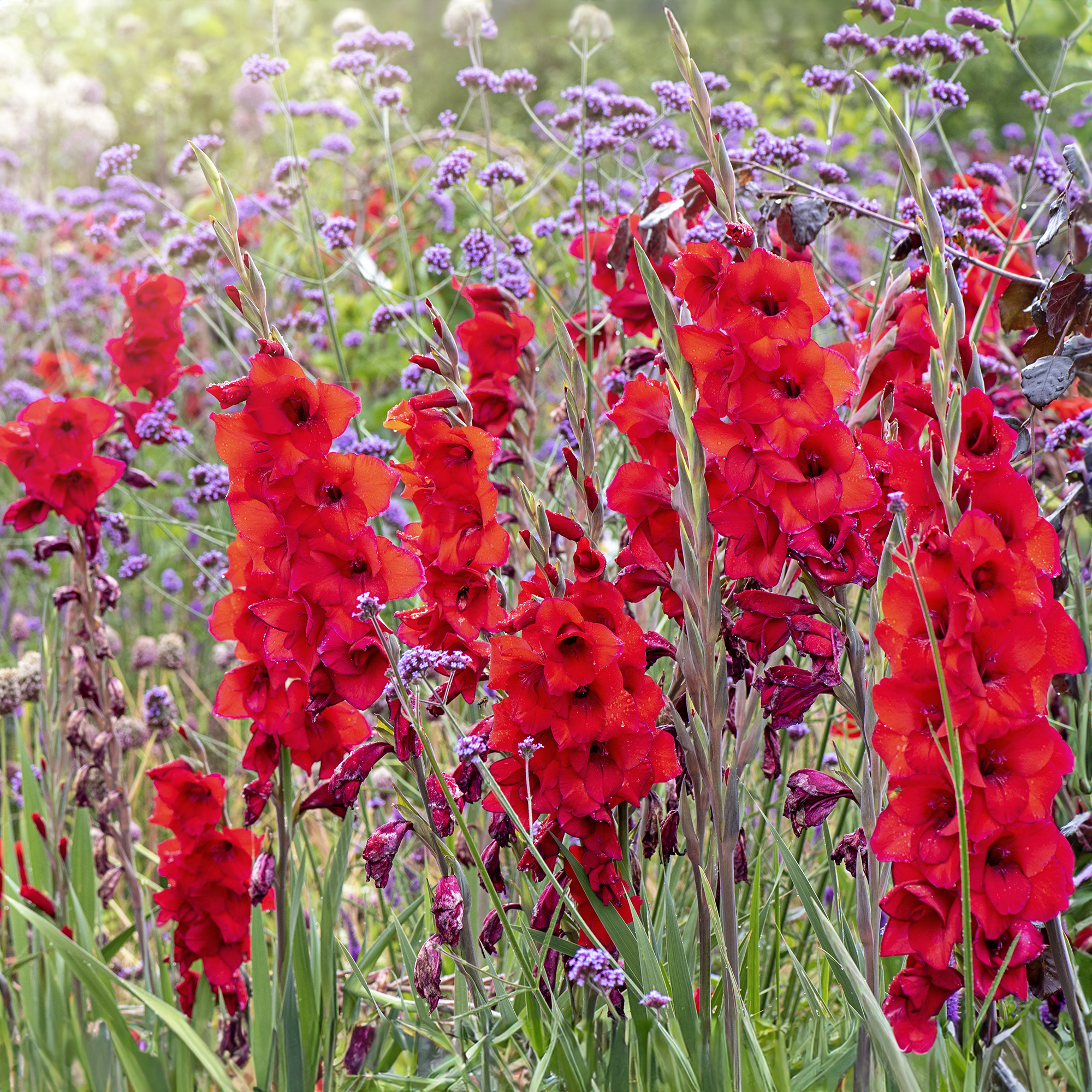 7 Summer-Blooming Bulbs To Plant In Early Spring: Don't Miss Months Of Glorious Flowers!
7 Summer-Blooming Bulbs To Plant In Early Spring: Don't Miss Months Of Glorious Flowers!Get a head start on stunning summer blooms with these easy-to-plant bulbs – act early and you will enjoy vibrant flowers that last for months on end.
By Mary Ellen Ellis
-
 Quick Fire Hydrangea – The Elegant, Easy-Care Shrub Every Gardener Needs In Their Landscape
Quick Fire Hydrangea – The Elegant, Easy-Care Shrub Every Gardener Needs In Their LandscapeIf you’re after an early flowering panicle hydrangea that offers plenty of floral variety, the Quick Fire hydrangea goes big on visual dynamics from early summer to fall
By Tonya Barnett
-
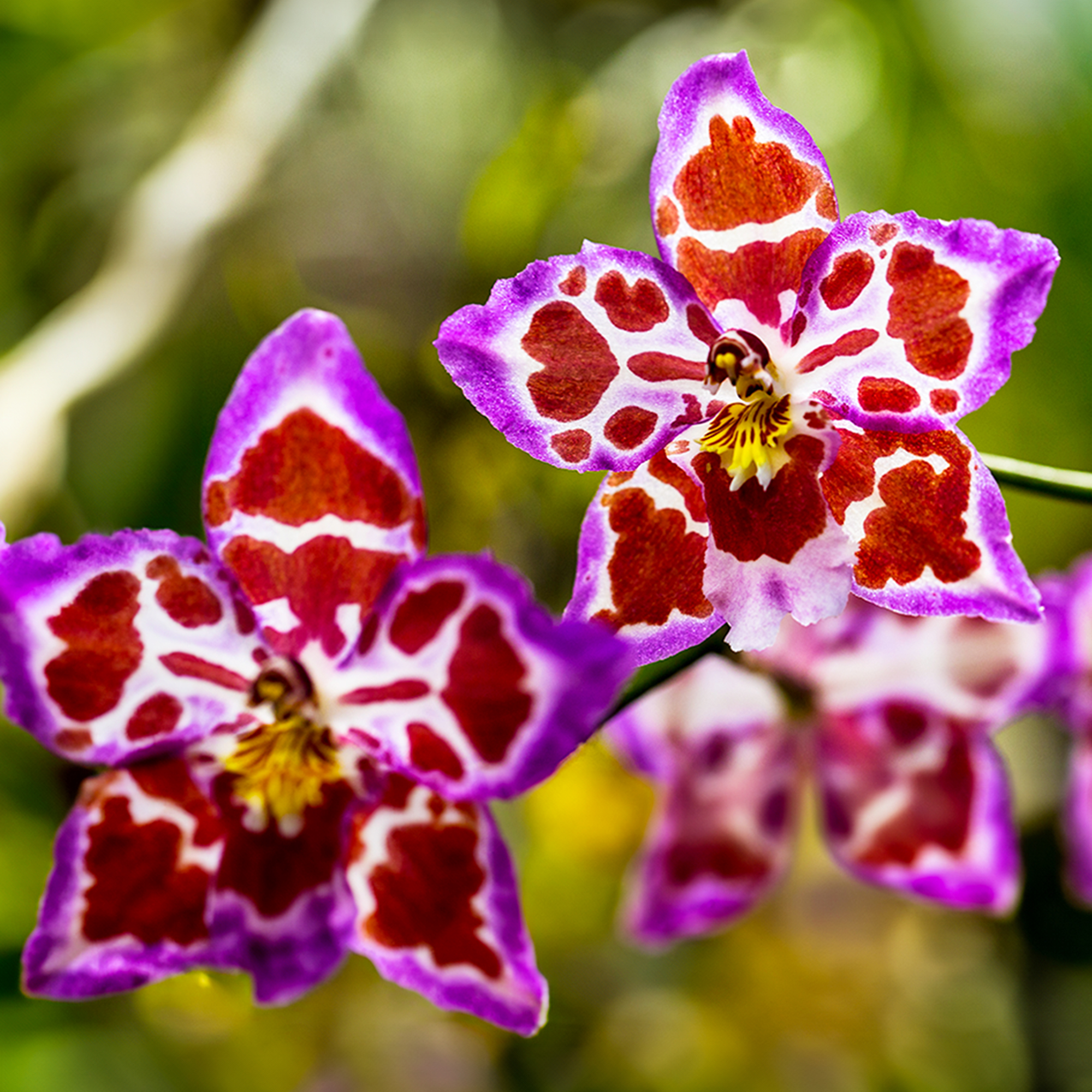 8 Rare Orchids That Make Stunning Houseplants – Some Are Surprisingly Easy To Grow
8 Rare Orchids That Make Stunning Houseplants – Some Are Surprisingly Easy To GrowDiscover unique orchids that will add exotic beauty to your home. Some make easygoing houseplants, while others offer a challenge for more seasoned growers.
By Melanie Griffiths